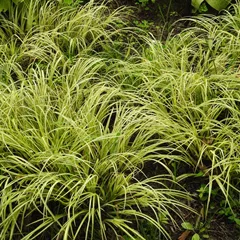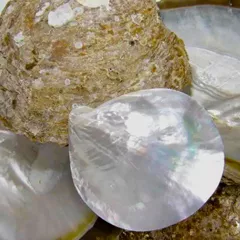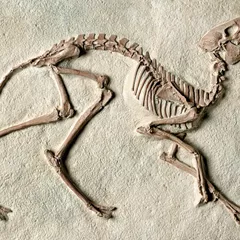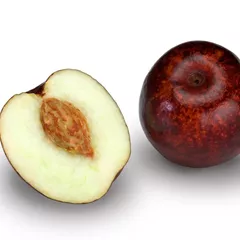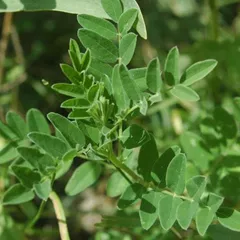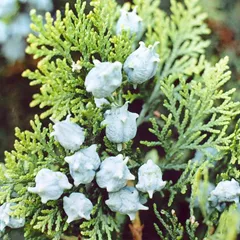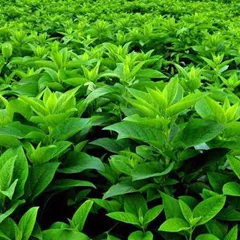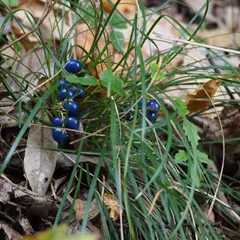Sang Piao Xiao San
Sang Piao Xiao San
Chinese: 桑螵蛸散
Pinyin: Sāng Piāo Shāo Sàn
Other names: Mantis Egg-Case Powder
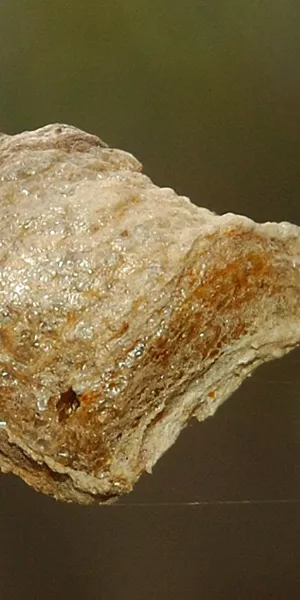
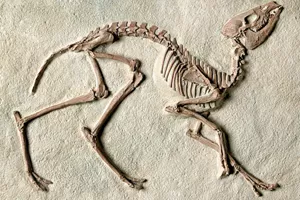

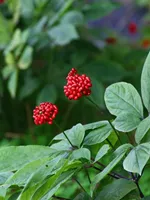




Sang Piao Xiao San
Sang Piao Xiao San
Chinese: 桑螵蛸散
Pinyin: Sāng Piāo Shāo Sàn
Other names: Mantis Egg-Case Powder
Number of ingredients: 8 herbs
Formula category: Formulas that secure Essence and stop enuresis
Conditions for which it may be prescribed: DiabetesNeurosisEnuresis and four other conditions
- Regulates and tonifies the Heart and Kidneys
- Stabilizes the Essence
- Stops leakage
Contraindications: Contraindicated for patients with frequent urination associated with... Contraindicated for patients with frequent urination associated with inflammation and with burning sensation. see more
Source date: 1116 AD
Source book: Extension of the Materia Medica
The information provided here is not a replacement for a doctor. You shouldn't use it for the purpose of self-diagnosing or self-medicating but rather so you can have a more informed discussion with a professional TCM practitioner.
Sang Piao Xiao San is a 8-ingredient Chinese Medicine formula with Praying Mantis Egg-Cases (Sang Piao Shao) as a principal ingredient.
Invented in 1116 AD, it belongs to the category of formulas that secure Essence and stop enuresis. Its main actions are: 1) regulates and tonifies the Heart and Kidneys and 2) stabilizes the Essence.
In Chinese Medicine health conditions are thought to arise due to "disharmonies" in the body as a system. These disharmonies are called "patterns" and the very purpose of herbal formulas is to fight them in order to restore the body's harmony.
In this case Sang Piao Xiao San is used by TCM practitioners to fight patterns like Bladder Deficient and Cold or Bladder Deficiency with Cold. From a Western Medicine standpoint, such patterns can give rise to a range of conditions such as pediatric enuresis, diabetes or neurosis for instance.
On this page, after a detailed description of each of the eight ingredients in Sang Piao Xiao San, we review the patterns and conditions that Sang Piao Xiao San helps treat.
The eight ingredients in Sang Piao Xiao San

Sang Piao Shao is a king ingredient in Sang Piao Xiao San. Like the name indicates, it means it has more power than other ingredients in the formula.
1. Praying Mantis Egg-Cases (Sang Piao Shao)
Part used: Dried egg capsule
Nature: Neutral
Meridian affinity: KidneyLiver
Category: Herbs that stabilize and bind
Sang Piao Shao tonifies the Kidneys and Gate of Vitality, stabilizes the Essence, and stops leakage. It attacks both the root and branch of the pattern treated by this formula and is a specific medicinal for both enuresis in children and cloudy urine.
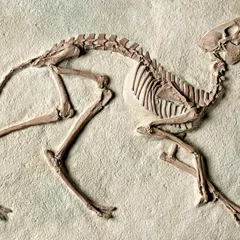
Long Gu is a deputy ingredient in Sang Piao Xiao San. This means it helps the king ingredient(s) treat the main pattern or it serves to treat a coexisting pattern.
2. Dragon Bones (Long Gu)
Part used: The fossilized bone or vertebrae
Nature: Neutral
Taste(s): Sweet
Meridian affinity: HeartKidneyLiver
Category: Herbs that anchor and calm the Spirit
Long Gu helps the key ingredient (Mantis Egg-case) in binding up the Essence, calms the Mind, and steadies the Will.

Gui Ban is a deputy ingredient in Sang Piao Xiao San. This means it helps the king ingredient(s) treat the main pattern or it serves to treat a coexisting pattern.
3. Tortoise Plastrons (Gui Ban)
Part used: Carapace and plastron
Nature: Cool
Meridian affinity: HeartKidneyLiver
Category: Tonic herbs for Yin Deficiency
In general Gui Ban's main actions are as follows: "Nourishes the Yin and holds down the Yang. Strengthens the Kidneys and strengthens the bones. Cools the Blood, stops uterine bleeding. Nourishes the Heart. Promotes Healing."
In the context of Sang Piao Xiao San, it is used because it enriches the Yin, subdues the Yang, and tonifies the Kidneys.
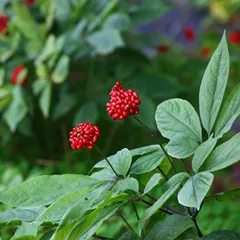
Ren Shen is an assistant ingredient in Sang Piao Xiao San. This means that it either serves to reinforces the effect of other ingredients or it moderates their toxicity.
4. Ginseng (Ren Shen)
Part used: Dried root
Nature: Warm
Meridian affinity: HeartLungSpleen
Category: Tonic herbs for Qi Deficiency
Ren Shen strongly tonifies the source Qi. Strong source Qi is a prerequisite for a healthy mind. It also tonifies the Heart.
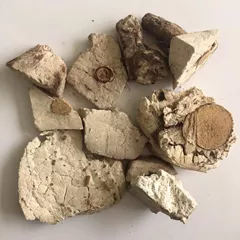
Fu Shen is an assistant ingredient in Sang Piao Xiao San. This means that it either serves to reinforces the effect of other ingredients or it moderates their toxicity.
5. Host-Wood Poria (Fu Shen)
Part used: The part of the mushroom that is attached to the host-wood, dried
Nature: Neutral
Taste(s): Sweet
Fu Shen works together with Yuan Zhi (Chinese senega root) and Shi Chang Pu (Sweetflag rhizome) to calm the Spirit (Shen) and steady the Will. It also facilitates communication between the Heart Qi and the Kidneys.
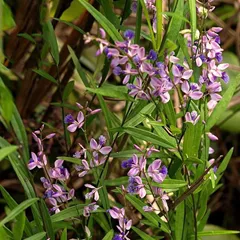
Yuan Zhi is an assistant ingredient in Sang Piao Xiao San. This means that it either serves to reinforces the effect of other ingredients or it moderates their toxicity.
6. Chinese Senega Roots (Yuan Zhi)
In general Yuan Zhi's main actions are as follows: "Calms the spirit. Expels Phlegm from the Heart orifices. Expels Phlegm from the Lungs. Diminishes abscesses."
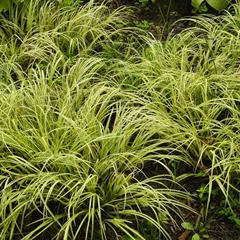
Shi Chang Pu is an assistant ingredient in Sang Piao Xiao San. This means that it either serves to reinforces the effect of other ingredients or it moderates their toxicity.
7. Sweetflag Rhizomes (Shi Chang Pu)
Part used: Dried rhizome
Nature: Warm
Taste(s): Bitter
Meridian affinity: StomachHeartLiver
Category: Herbs that open the Orifices
In general Shi Chang Pu's main actions are as follows: "Opens the Orifices, awakens the Mind (Shen) and expels Wind-Damp Phlegm. Harmonizes the Earth element and dispels Damp. Applied internally or externally for Wind-Cold-Damp painful obstruction."
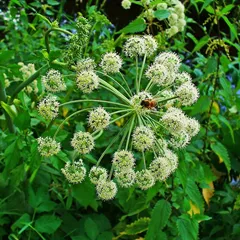
Dang Gui is an assistant ingredient in Sang Piao Xiao San. This means that it either serves to reinforces the effect of other ingredients or it moderates their toxicity.
8. Dong Quai (Dang Gui)
Part used: Dried root
Nature: Warm
Meridian affinity: HeartLiverSpleen
Category: Tonic herbs for Blood Deficiency
Dang Gui nourishes the Blood and Yin. Together with the other ingredients in this formula, it regulates and tonifies the Qi and Blood, which is essential for revitalization to occur.
Conditions and patterns for which Sang Piao Xiao San may be prescribed
It's important to remember that herbal formulas are meant to treat patterns, not "diseases" as understood in Western Medicine. According to Chinese Medicine patterns, which are disruptions to the body as a system, are the underlying root cause for diseases and conditions.
As such Sang Piao Xiao San is used by TCM practitioners to treat two different patterns which we describe below.
But before we delve into these patterns here is an overview of the Western conditions they're commonly associated with:
Pediatric enuresis Diabetes Neurosis Uterine prolapse Autonomic dystonia Enuresis Nocturia
Again it wouldn't be correct to say "Sang Piao Xiao San treats pediatric enuresis" for instance. Rather, Sang Piao Xiao San is used to treat patterns that are sometimes the root cause behind pediatric enuresis.
Now let's look at the two patterns commonly treated with Sang Piao Xiao San.
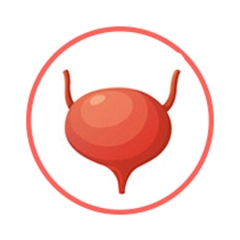
The Bladder is a so-called "Fu" Organ. Learn more about the Bladder in Chinese Medicine
Bladder Deficient and Cold
Pulse type(s): Deep (Chen), Weak (Ruo)
Symptoms: Enuresis Nocturia Dizziness Incontinence Lower back pain Feeling of cold Frequent urination White urethral discharge Pale and abudant urination
Sang Piao Xiao San is sometimes prescribed by TCM practitioners to treat Bladder Deficient and Cold. This pattern leads to symptoms such as frequent urination, pale and abudant urination, incontinence and enuresis. Patients with Bladder Deficient and Cold typically exhibit deep (Chen) or weak (Ruo) pulses.
This pattern is similar to Kidney Yang Deficiency or Kidney Qi not Firm, except with more Bladder related symptoms. It can derive from Kidney Yang Deficiency like it can be a precursor for it, both patterns are intrinsically linked.
This is because the Bladder derives its Qi from Kidney Yang to... read more about Bladder Deficient and Cold

The Bladder is a so-called "Fu" Organ. Learn more about the Bladder in Chinese Medicine
Bladder Deficiency with Cold
Pulse type(s): Deep (Chen), Weak (Ruo)
Tongue coating: Thin white coating
Tongue color: Pale
Symptoms: Dizziness Incontinence Forgetfulness Disorientation Lower back pain Feeling of cold Frequent urination White urethral discharge Urine the color of rice water - grey and cloudy
Sang Piao Xiao San is sometimes prescribed by TCM practitioners to treat Bladder Deficiency with Cold. This pattern leads to symptoms such as disorientation, forgetfulness, incontinence and lower back pain. Patients with Bladder Deficiency with Cold typically exhibit deep (Chen) or weak (Ruo) pulses as well as a pale tongue with thin white coating.
Formulas similar to Sang Piao Xiao San
Ding Zhi Wan is 38% similar to Sang Piao Xiao San
Zhen Zhu Mu Wan is 36% similar to Sang Piao Xiao San
Gui Pi Tang is 33% similar to Sang Piao Xiao San
Bai Zi Yang Xin Tang is 33% similar to Sang Piao Xiao San
Bai Zi Yang Xin Wan is 33% similar to Sang Piao Xiao San
Tong Ru Dan is 25% similar to Sang Piao Xiao San



